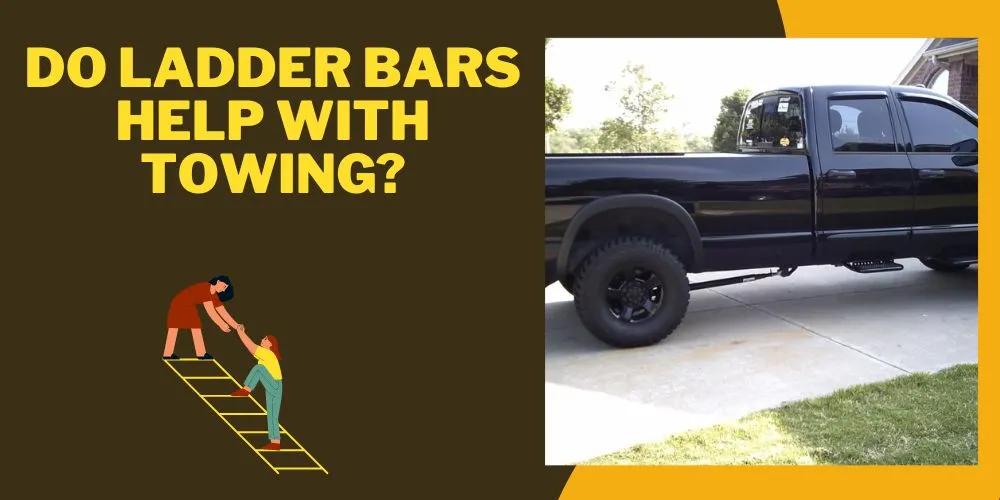Telescopic ladders have risen rapidly in popularity due to their compactness and portability. However, concerns about their safety have also emerged along with their growing use in households and job sites.
So, are telescopic ladders safe?
Well, the questions hover around their stability and durability, and whether they can support and safeguard their users as effectively as traditional ladders.
This article aims to shed light on this burning issue by examining the inherent safety features of telescopic ladders, analysis of factual data concerning accidents, and professional insights from safety experts.
Undeniably, the essential question of whether telescopic ladders are safe or a ticking hazard waiting to happen is something every user has a right and indeed a need to know.
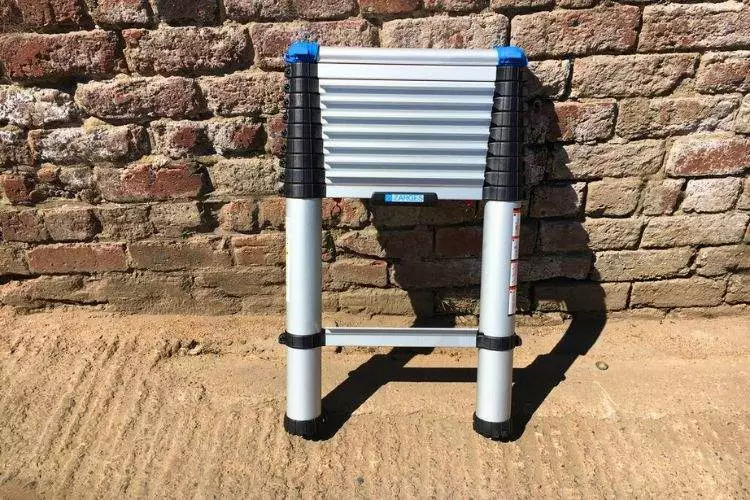
Let’s embark on this important exploration.
Quick Recommendations
Are telescopic ladders safe?
Telescopic ladders can be considered safe based on the principle of construction and usage. They are designed with safety measures such as anti-slip rubber feet, stabilizing bars, and finger protection technology that prevent abrupt contractions.
Moreover, they are often made of high-quality aluminium making them strong and durable.
However, one must recognize that the safety of these ladders is also greatly determined by the user’s handling and proper usage. Incorrect usage or handling can significantly increase the risk of an accident. Adherence to the manufacturer’s guidelines is crucial in ensuring safety.
Furthermore, potential buyers must opt for high-quality telescopic ladders certified safe by reliable testing entities like OSHA or ANSI. Cheaper versions may not adhere to safety standards, which could pose risks.
In conclusion, while inherently designed to be safe, telescopic ladders require careful handling and proper usage. Moreover, the quality and standard certification of the ladder are deciding factors in its safety.
So, yes, telescopic ladders can be safe provided these stipulations are met.
Are Telescoping ladders OSHA approved?
Telescoping ladders can be OSHA approved if they meet the strict safety guidelines and standards set forth by the Occupational Safety and Health Administration (OSHA).
OSHA has established detailed regulations for the design, construction, and usage of portable ladders, which include telescoping ladders.
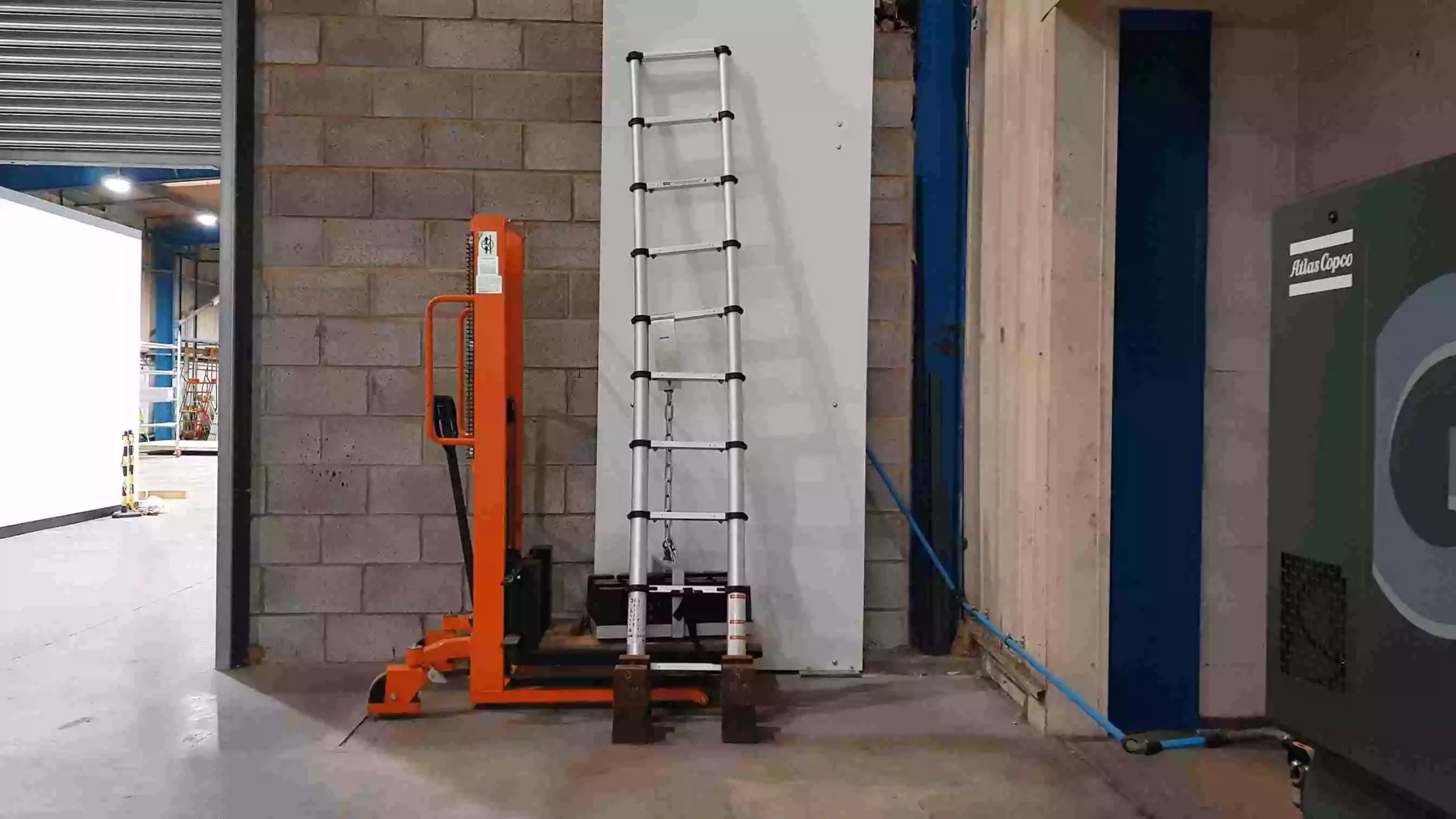
To ensure that a telescoping ladder is approved, it must meet the requirements found in OSHA standards 29 CFR 1910 (for general industry) and 29 CFR 1926 (for the construction industry).
They must be designed and manufactured to safely support the maximum intended load and possess a label or certification indicating that they have met these standards.
As a buyer or user, it’s crucial to look for labels or markings on the telescoping ladder, which confirm that they adhere to OSHA’s standards. This will assure that the ladder has been manufactured with safety and stability in mind, reducing potential risks when used properly.
Problems with telescopic ladders
Despite the many benefits of their compactness and portability, telescopic ladders are not without their issues. Here are a few prominent problems:
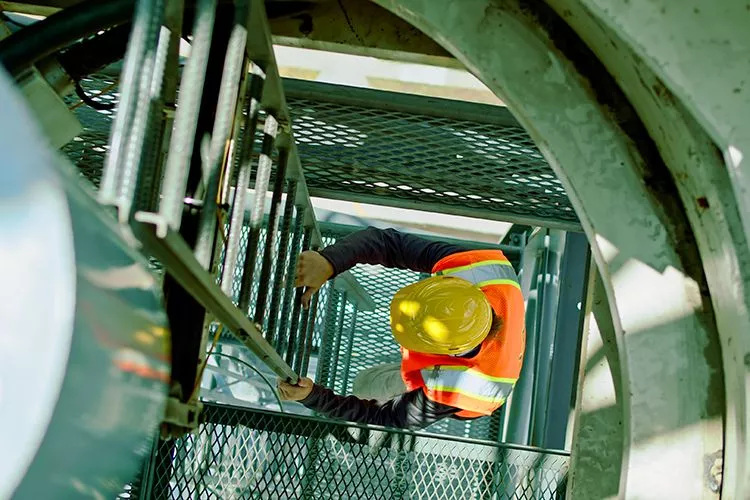
- Safety Concerns: Several users have reported their telescopic ladders suddenly collapsing while in use due to locking mechanism failures. This can pose serious safety hazards, especially when used at great heights.
- Quality Variations: Sub-par quality or poorly manufactured telescopic ladders can result in unstable or unsafe ladders. Cost-effective options may not adhere to safety standards or use inferior materials, greatly impacting durability and safety.
- Inappropriate for Heavy-Duty Work: Although most telescopic ladders are designed to withstand considerable weight, they may not be equipped for heavy-duty work common to construction sites. Overloading can lead to damage or accidents.
- Handling Challenges: Though lightweight, telescopic ladders can be trickier to handle when compared to traditional ladders. Rapid and improper expansion or retraction can cause injuries, especially to fingers.
- Maintenance Issues: The mechanisms of a telescopic ladder, such as the locking system, need regular inspection and maintenance. If not properly cared for, the mechanism could jam or fail, leading to potential risks.
Telescopic ladder accidents
Unfortunately, telescopic ladders, like all ladders, can pose hazards. Here are some common accidents associated with them:
- Collapsing Ladders: Perhaps the most common and dangerous accident involves the ladder collapsing while in use. This is often due to a failure in the locking mechanism or the ladder was not fully extended and properly secured before use.
- Finger Pinching: While retracting the ladder, it’s easy for fingers to get caught between the rungs, causing pinching injuries.
- Falls: Like all other types of ladders, falling from a telescopic ladder is a considerable risk, especially if it is not placed on a stable, flat surface or misused by overreaching or overloading.
- Slips: If the ladder’s feet aren’t made from non-slip material or placed on a slippery or uneven surface, the ladder could slip out from under the user, resulting in falls.
- Overreaching: Attempting to reach for something while on the ladder without maintaining proper balance can lead to tipping over, potentially causing serious injuries.
Each accident underscores the importance of carefully following safety guidelines and operational instructions when using telescopic ladders. With proper usage and adherence to safety, the risk of accidents can be significantly reduced.
What are the 3 most common causes of ladder accidents?
One of the most recurring causes of ladder accidents is the ladder not being on level and firm ground. This includes situations where the ladder is placed on a slippery or uneven surface, which can lead to the ladder slipping out from underneath the user, causing serious falls.
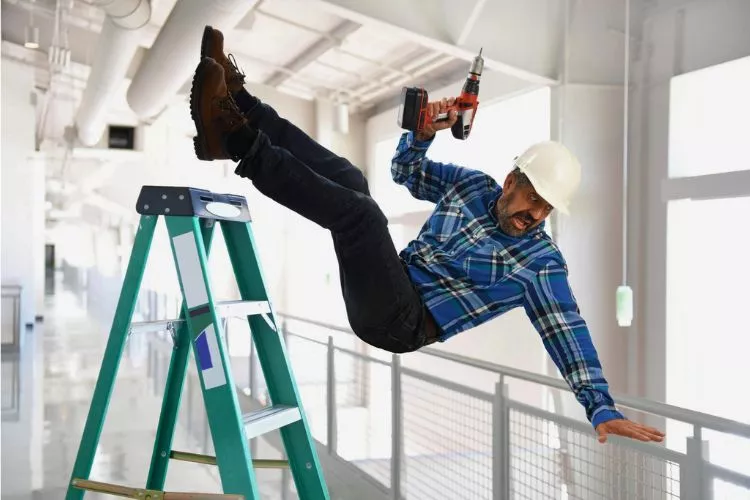
The second common cause is missing the base or bottom rung while descending the ladder. This simple mistake can lead to falls that can result in severe injuries, a clear reflection of how critical each step on a ladder is in ensuring safety.
Overreaching is a major factor in many ladder-related accidents. When the person on the ladder attempts to reach for something without maintaining proper balance, it can lead to the ladder tipping over, again leading to significant injuries.
These accidents underscore the importance of adhering strictly to safety guidelines while using ladders–choosing a stable platform to place the ladder on, being mindful when climbing down, and avoiding overreaching are crucial elements to ensure safety.
Frequently Asked Questions (FAQs)
Do telescoping ladders fail?
Telescoping ladders do not generally fail if used properly and are high-quality. However, failure can occur if the ladder is misused or if it’s a poorly constructed model. Common causes for failure include overloading, not fully extending and locking the ladder, or using a ladder with a faulty or worn-out mechanism.
Is a telescopic ladder strong?
Yes, a properly manufactured telescopic ladder is quite strong. Most are made from durable materials such as high-quality aluminum, allowing them to withstand substantial weight and resist damage from the elements. However, the strength of a telescopic ladder also depends on proper usage and maintenance – following the manufacturer’s guidelines is crucial to ensuring its strength and lifespan.
What type of ladder is unsafe to use?
Any damaged, slightly broken, or worn-out ladder should be considered unsafe. This includes bent steps, rungs loosened or missing, worn-out feet, or corroded parts. Also, homemade ladders or ladders that do not meet the safety standards set forth by an industry-standard entity like OSHA should be considered unsafe. Always remember, the safety of a ladder also greatly depends on how it’s used. Even a high-quality ladder can be dangerous if misused.
Conclusion:
In summary, the safety of telescopic ladders largely depends on two main factors – the quality of the ladder and how it’s used. A telescopic ladder manufactured according to industry safety standards and guidelines, such as those set forth by OSHA, is structurally designed to be safe.
Such ladders utilize quality materials, sound construction methods, and safety features like locking mechanisms and non-slip feet. The user’s adherence to safety protocols is vital, necessitating proper use, sensible judgement, and regular maintenance.
However, like all tools, a telescopic ladder has potential risks associated with its use. Accidents occur mainly from misuse, inattention to safety guidelines, poor maintenance, or use of ill-constructed or low-quality ladders.
Safety should be the top priority when using any ladder, and users should take the time to familiarize themselves with correct handling and preventive measures. Therefore, while telescopic ladders can certainly be safe, the combination of a quality product and responsible usage truly ensures safety.
Remember, the best ladder is the one that’s used properly and intelligently. Stay safe!




